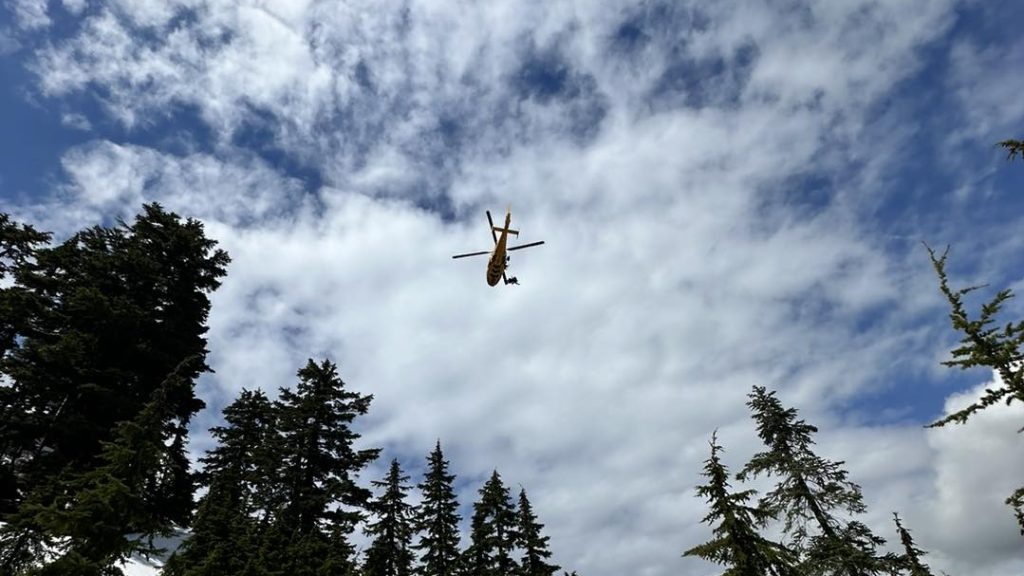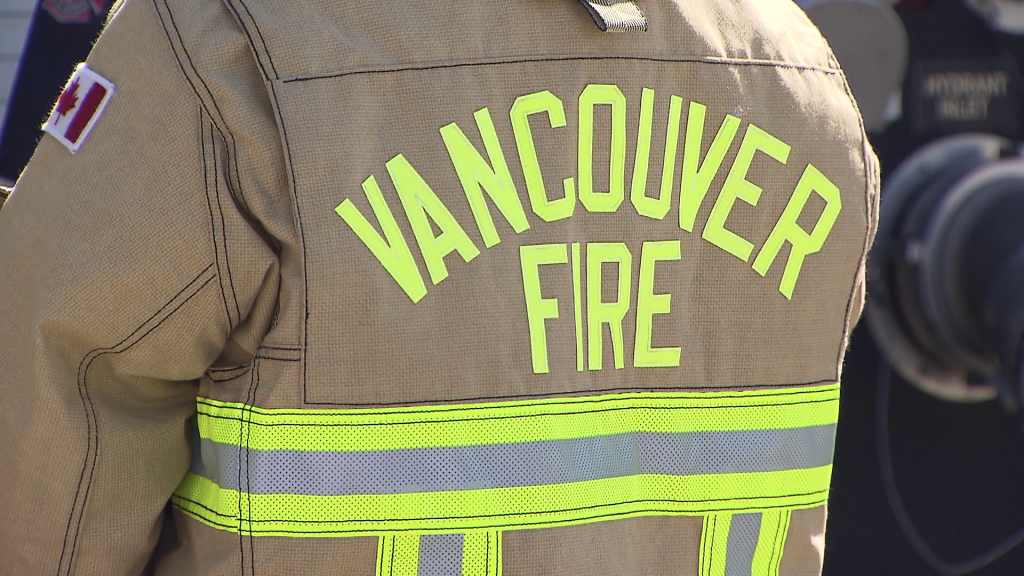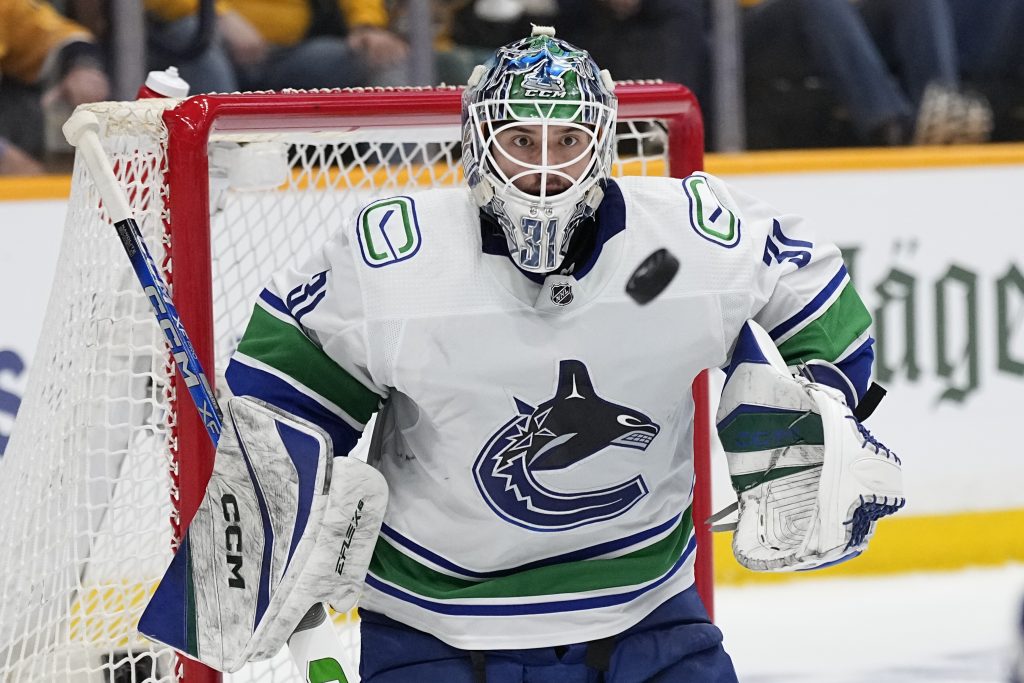People taking seal pups that don’t need rescuing: Vancouver Aquarium
Posted August 15, 2019 2:55 pm.
VANCOUVER (NEWS 1130) – The Vancouver Aquarium is asking people to leave seal pups alone, after nearly a dozen of the baby animals were brought to the facility’s rescue centre because humans interfered in their natural way of life.
The Aquarium says it has taken in nearly a dozen harbour seal pups since the beginning of June because of what’s described as “human interference.” The facility says people are taking what they think is an animal in need and then doing things such as taking it home.
The facility says people who see an animal they think may be hurt or sick should call for help and not remove the creature from its habitat.
“So we can just properly go through the right channels to make sure we’re assisting an animal that really does need our assistance,” explains Emily Johnson, assistant manager of the aquarium’s Rescue Centre.
Some of the animals being taken don’t need help, but once they’re removed from the shore and pulled away from their mother, they need to be rehabilitated at the rescue centre, Johnson said.
“We had a person find a seal pup on the shoreline, pick it up and take it home with them and put it in their bathtub — then we got the call. So, definitely a little backwards there,” she said. “We had a healthy pup in the water and a member of the water spotted it, went in and was actually petting the head of the pup, so directly interfering with that animal. We see a lot of crowds, especially in busy Vancouver. In other areas where there isn’t such a large population, seal pups on beaches might be seen by one or two passer-bys, but in Stanley Park there are thousands of people that might be crowding around over the day to see that animal and that’s also human interference. I always say to people, ‘This pup, we’re monitoring it and it’s greatest risk right now is you guys. It’s crowds of people that are potentially preventing Mom from coming back.”
.@vanaqua has taken in nearly a dozen seal pups since June because people see them, think they need help and then remove them from their mothers. One person took one and put it in their tub. Another shoved two in a cushion and put it in their car next to their dog. Don't do this. pic.twitter.com/y7SRxyQsbI
— Sonia Aslam (@SoniaSAslam) August 15, 2019
Johnson understands people may mean well, but insists nobody but an expert should go near the animals.
“We had a person in Richmond that pulled a pup out of the water and knowing there were adults potentially in the area, and when we got there to take a look at the pup, he already plucked it from the water and there was smoked oysters and an array of chicken drumsticks which are not on a seal pup’s regular diet. And he had introduced some cow’s milk into the mouth of that pup. The most recent was a gentleman who managed to pluck two pups that were beside each other on the shoreline, travel with the animals in his car zipped up in a pillowcase and put them in the backseat with his dog.”
She says it’s nice that people want to help, but they also need to keep in mind that despite how cute seal pups look, they can do some damage.
“We just have to always be careful that we’re not interacting with them and putting ourselves at risk. We know people’s hearts are in the right place and they get emotionally invested easily but they do have a big set of teeth and they’re not afraid to use them so we want people to be safe and we want the animals to be safe.”
Seal pups stay with their mothers for about a month and then they are weened.
“That means they’re on their own. They’re living off a fat reserve that they’ve gained from their mother over that first month of life — so, they’re figuring it out and they may lose some body condition over those first couple of weeks while they figure out how to catch fish and forage on their own. So, we also have to be careful not to interfere with the natural process.”
If you see an animal that may need help, you can call the Marine Mammal Centre at 604.258.SEAL (7325) or call the hotline for the Department Of Fisheries and Oceans at 1.800.465.4336.










